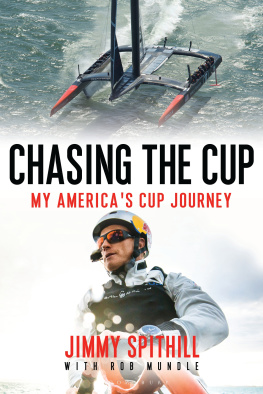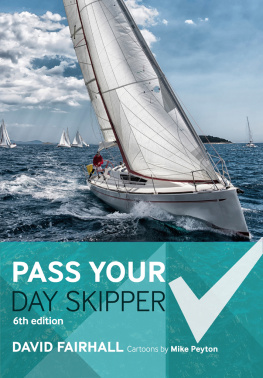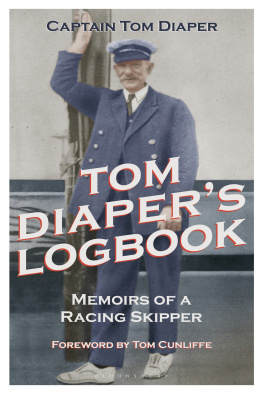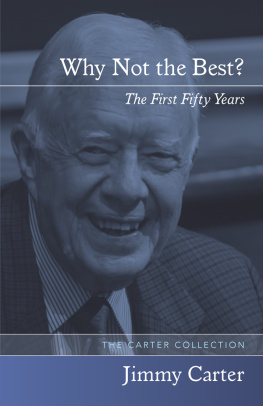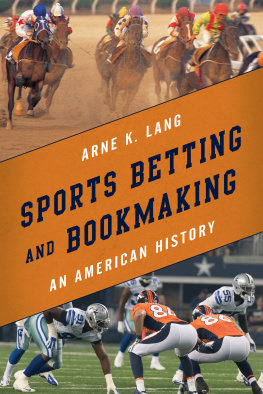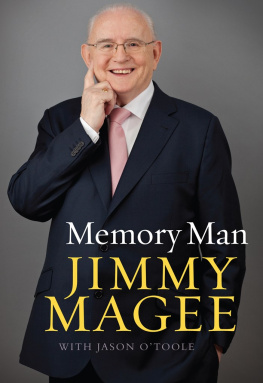

CONTENTS
Ive always thought that people who write books like this are driven by their egos. Its as if the book is designed to convince themselves as much as their readers that the subject matter is an exceptional human being and a cut above everyone else.
Now, here I am writing a book about Jimmy Spithill!
Am I guilty as charged? I hope not.
I hold a deep-seated desire to inspire people who are in tough situations in life, as I can relate to them through my own experiences.
The fact is that I am not a very talented person; I have had to work harder than any sailor I know to get all the way from the very bottom to winning sailings ultimate prize: the Americas Cup. Therefore, my reason for writing this book will have been achieved if just one person who is having a hard time can say after reading it, If Jimmy Spithill can accomplish what he has by being true to himself and putting in the hours, then so can I.
I also hope that by sharing my wide-ranging experiences via these pages I will be contributing something of significance to sailing a clean and healthy pastime that, like few others, can be enjoyed in many forms the world over by people aged from 8 to 88.
On a personal note, writing this book has certainly taken me out of my comfort zone; its been a bit of a selfish project. But the fact of the matter is, its another challenge and I love challenges.
The Americas Cup is the worlds oldest regularly contested sporting trophy, predating the modern Olympic Games by 45 years and the first international competitions for tennis, rugby, soccer, golf and cricket. First contested on the waters off Englands Isle of Wight in 1851, it has been a centrepiece for excitement, controversy, misfortune, high drama and groundbreaking technology ever since.
At that notable first competition, a fleet of Englands finest sailing vessels raced against a sole American challenger for what was then recognised as the 100 Cup. It was convincingly won by the New York Yacht Clubs contender, the schooner America , which claimed the trophy by an astonishing margin. In fact, the lead was so great that when Queen Victoria who was watching from the deck of the Royal Yacht, at anchor off Cowes asked her attendant which yacht was second, there came the now legendary reply: Your Majesty, there is no second. The first of the British yachts was so far behind the American one that it could not be seen.
Members of the recently formed New York Yacht Club (NYYC) were extremely proud of this achievement, so much so that they soon agreed that the trophy would be renamed in honour of the winning vessel. Thus it became the Americas Cup, and subsequently the symbol of international yachting supremacy.
In the years following the first Americas Cup match in 1870, the NYYC successfully defended the trophy on no less than 24 occasions the longest winning streak in international sport. It came to an end after 132 years when, in 1983, the radically designed Australia II won the Cup 43 in a best-of-seven series off Newport, Rhode Island.
In more recent times, the Americas Cup has been blasted to the forefront of sailing dynamics. The cumbersome keelboats that raced for the Auld Mug have now been replaced by the most technologically advanced high-speed catamarans twin-hulled craft that are so sleek, both aerodynamically and hydrodynamically, that they literally fly across the water at speeds of up to 50 knots!
In conjunction with this spectacular transition from keelboats to cats, one sailors name has stood above all: Jimmy Spithill.
The event that catapulted Jimmy into the limelight occurred in 2013, when he piloted the American defender, Oracle Team USA , to what was arguably the greatest comeback in the history of international sports. From being 81 down in a first-to-nine series, Spithill and his team through tenacity, skill and a liberal dose of spirit clawed their way back race by race to defeat the New Zealand challenger 98 and retain the Americas Cup for America.
How Jimmy Spithill rose above his own physical challenges and humble beginnings in Sydney, Australia, and went on to make headlines worldwide makes for inspirational reading.
This is Jimmy Spithills remarkable story
Rob Mundle, 2017
I was 12 years old and sitting restlessly with a doctor in his consulting room in Sydney, a doctor whom I had already decided I disliked. For a start, he was ignoring me and speaking directly to my obviously anxious mother but, worse still, he had just made a statement that made me mad.
Im sure the surgery will solve the problem, but it is unlikely he will ever be any good at sports.
Instead of reacting, I had to bite my tongue. I needed him to like me because my parents were on the verge of deciding that he should operate on me. That meant he would soon be carving into my right leg with scalpels, drills and any number of other pieces of medical equipment in the hope he could rectify a problem that had been with me since birth. I had had enough I was getting restless and agitated. All I wanted to do was get the hell out of that stuffy room and go sailing on the bay in front of our house.
What irked me most was that this doctor obviously didnt know my life was already all about being good at sport, despite my right leg being 5cm (2in) shorter than my left, and my right foot being three sizes smaller than the other. That same foot is minus one toe and has two others webbed.
Surprisingly, this physical shortcoming hadnt been a problem until this point in my life, when I had just started high school. Now, it had become a pain in the arse, or more specifically, the lower back, and it was only going to get worse. There was also an emotional element attached to it: I was becoming entertainment for bullies at school a young, red-headed and freckle-faced kid who also limped was a prime target for their verbal and physical abuse. This bullying was a bit tough for me to cope with then, but in the long run I think it made me a better person, giving me a thicker skin and greater determination to succeed.
As a really young child I remember believing it was normal to only have four toes on your right foot, and that two of the toes should be grown together. But that all changed when I was about four or five years old the time when I looked at my dads right foot and thought it was really weird. It had five toes! I laughed and started mocking him: Hey Dad, whats wrong with your right foot? Somewhat surprised, he then told me that feet tend to be of the same size and both have five toes. I was dumbstruck. I didnt speak for 10 minutes; I just sat there and looked at my feet, then looked at his again. Honest to God before that day I hadnt noticed it. It hadnt occurred to me that for the vast majority of people, their two feet mirror each other.
Regardless, I still didnt consider my right foot to be a problem, even though there were frustrations associated with it. Being three sizes smaller, the shoe I wore on that foot was obviously way too big, and I was too young to realise that there was a simple answer: buy another smaller pair of shoes so I had a right shoe to fit that foot. Nor did I comprehend that the reason my parents hadnt come up with that solution was because it was too expensive for them to buy me two pairs of leather shoes. They were battling financially, so all they could afford was a thick leather platform that attached to the sole and heel of my right shoe so that my limp was minimised.

